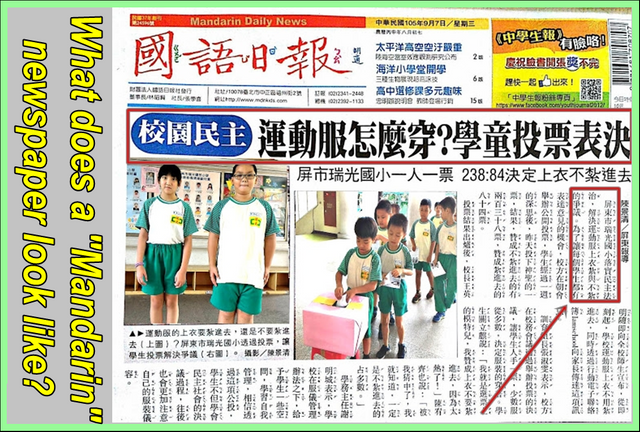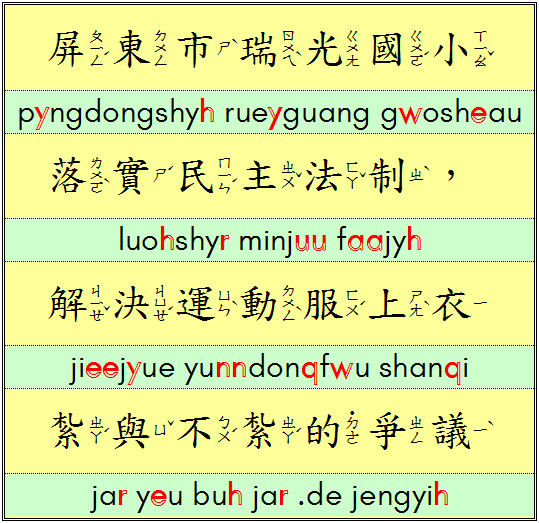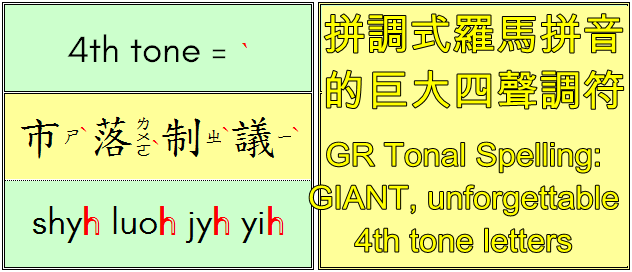What does a “Mandarin” newspaper look like? 國語日報簡介

Actually, there is no such thing as a “Mandarin” newspaper. Mandarin refers to a spoken language. All speakers of Chinese, no matter what dialect they speak, write in a standardized written form called Modern Chinese (MC). MC is based on the vocabulary and grammar of educated speakers of Northern Chinese, with the inclusion of dialectal expressions and occasional words and phrases from Classical Chinese (depending on the subject matter, the speaker’s educational level and the intended audience).
However, there does exist a Taiwanese newspaper called “Mandarin Daily News,” full of wholesome content aimed mostly at schoolchildren. The headlines are mostly horizontal from left to right (older newspapers went from right to left), but the text is in vertical columns from right to left.
The front page story in this issue focuses on an experiment in participatory democracy where children voted on whether their T-shirts should be tucked into their pants or worn over them.
The first sentence (inside the vertical rectangle) reads as follows: “Rueyguang Elementary School in Pingdong City puts democracy and the rule of law into practice to resolve the controversy over whether or not to tuck in one’s T-shirt when wearing school sportswear”

The Chinese text is accompanied by Zhuyin Fuhao (AKA Bopomofo) symbols that show how to pronounce each character in Mandarin.
The romanized text is in GR Tonal Spelling, an ingenious romanization (devised by China’s greatest modern linguist, 趙元任 Jaw Yuanrenn [https://en.wikipedia.org/wiki/Yuen_Ren_Chao]) which shows tones by means of spelling changes. All syllables in a group follow the same spelling rule, which is how Chinese dictionaries have marked pronunciation for the past 1500 years.

[In GR Tonal Spelling, 4th tone CV syllables (consonants followed by a pure vowel) are always marked with an -h: the second stroke of the -his a reminder that this is an abruptly falling tone]
GR Tonal Spelling is different from the PRC’s Soviet-inspired Hanyu Pinyin, which shows tones with tiny optional marks above the main vowel (the main vowel is sometimes even omitted!), a system that makes tones extremely hard for foreigners to learn and remember.
Additional information is available in a recent Quora posting of mine: https://www.quora.com/Why-are-Cantonese-speakers-able-to-read-Mandarin-newspapers-but-unable-to-speak-Mandarin/answer/Robert-Matthews-%E9%A6%AC%E5%AD%B8%E9%80%B2
Resteemed your article. This article was resteemed because you are part of the New Steemians project. You can learn more about it here: https://steemit.com/introduceyourself/@gaman/new-steemians-project-launch